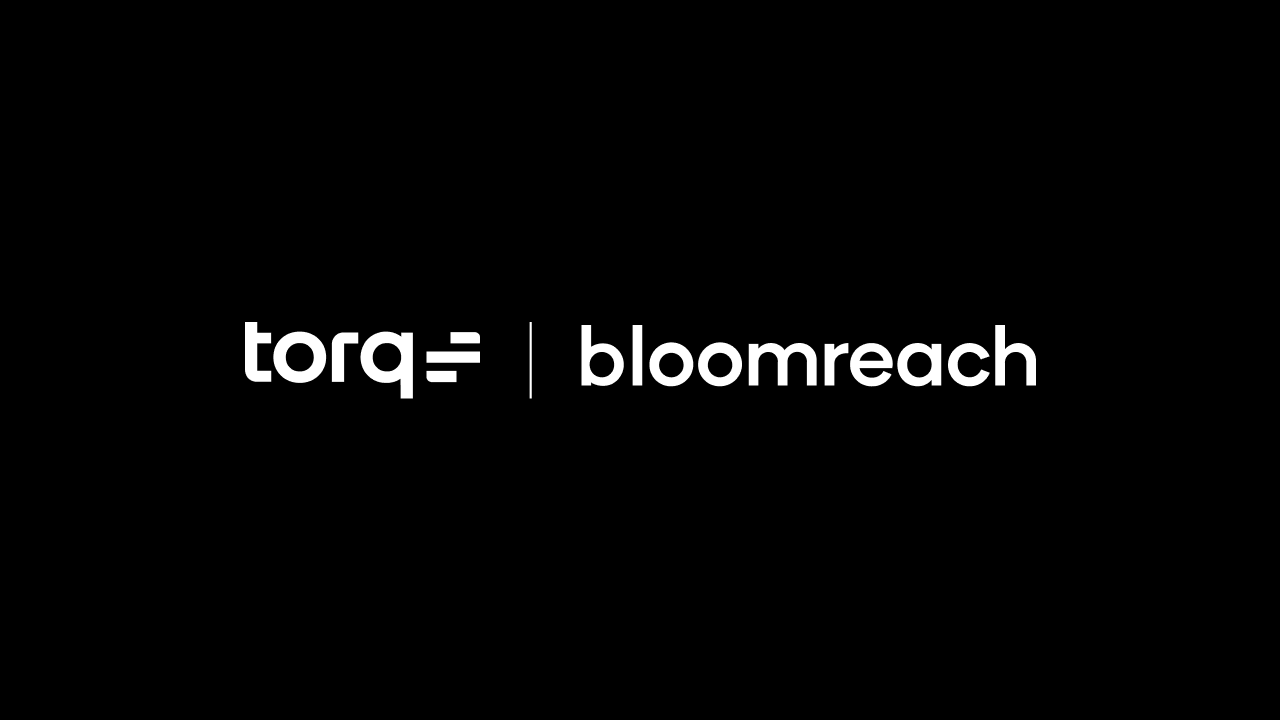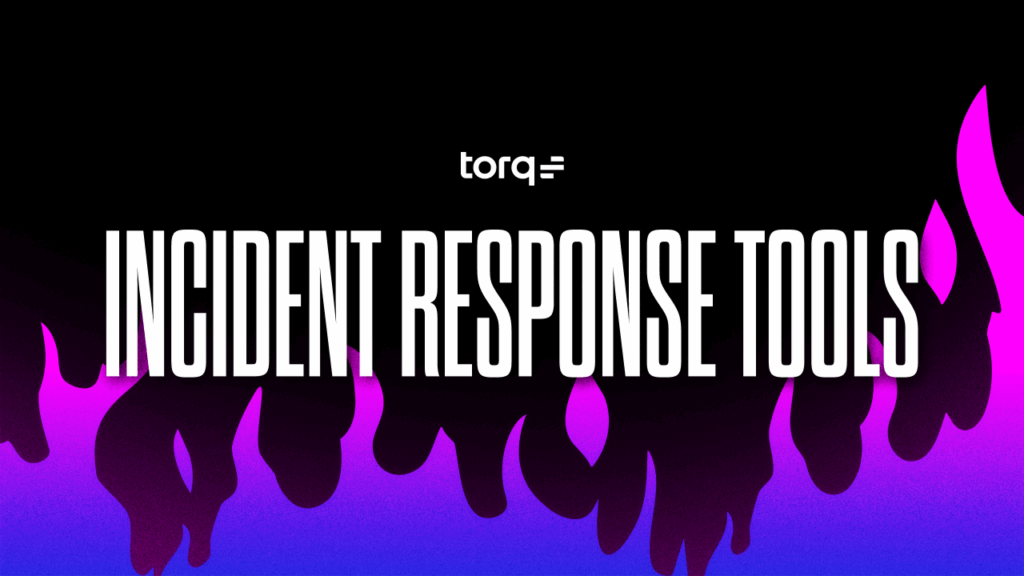Contents
Get a Personalized Demo
See how Torq harnesses AI in your SOC to detect, prioritize, and respond to threats faster.
Information security is a top priority for every organization, especially those relying on third-party vendors like SaaS platforms and cloud providers. When sensitive data is mishandled, the risks are significant: data breaches, ransomware, and reputational damage.
For modern SaaS and cloud-first companies, compliance is a fundamental requirement to earn trust, win business, and prove operational integrity. Yet, for many teams, achieving and maintaining compliance readiness remains a slow, manual, and spreadsheet-heavy burden.
SOC 2 is a widely recognized auditing framework designed to ensure service providers securely handle data. For any business that values trust and transparency, SOC 2 compliance is the baseline when evaluating cloud-based partners.
Hyperautomation platforms offer a smarter, faster path to SOC 2 compliance, transforming compliance from an annual fire drill into an always-on, audit-ready advantage.
What Is SOC 2 and Why Does It Matter Today?
SOC 2 (System and Organization Controls 2) is a voluntary compliance standard that specifies how service organizations should manage customer data to protect their security, availability, processing integrity, confidentiality, and privacy. It’s a framework developed by the AICPA to help businesses demonstrate their commitment to data security and build trust with clients.
SOC 2 compliance outlines how service providers should manage customer data based on five Trust Services Criteria:
- Security: Protect systems against unauthorized access.
- Availability: Ensure systems are operational and accessible.
- Processing Integrity: Guarantee complete, valid, accurate, and timely system processing.
- Confidentiality: Restrict access to sensitive information.
- Privacy: Govern the collection, use, and disposal of personal information.
There are two types of SOC 2 reports:
- Type I: A snapshot in time that verifies whether controls are properly designed.
- Type II: A more rigorous report that tests control effectiveness over a period (typically 3-12 months).
SOC 2 Type II has become the industry expectation for most SaaS vendors, especially when handling sensitive customer data. It signals a company’s commitment to long-term security and operational maturity.
Why is SOC 2 compliance important?
Builds trust: It demonstrates a commitment to data security and helps build trust with clients and stakeholders.
Mitigates risk: It helps organizations identify and mitigate data security and privacy risks.
Competitive advantage: SOC 2 compliance can be a competitive differentiator in some industries.
Meeting client requirements: Many organizations require their vendors to be SOC 2 compliant.
Regulatory compliance: While not a legal requirement, SOC 2 compliance can help organizations meet other regulatory requirements related to data privacy and security.
How does SOC 2 compliance work?
Getting a SOC 2 report isn’t a one-time event; it’s an ongoing process with distinct steps. Here’s a breakdown of how organizations achieve and maintain compliance.
- Choose relevant Trust Services Criteria: Organizations select which of the five criteria apply to their business and data handling practices.
- Implement controls: Organizations implement controls to meet the selected criteria.
- Undergo an audit: An independent CPA firm audits the organization’s controls and provides a report.
- Maintain compliance: Organizations should continuously monitor their controls and undergo regular audits to maintain compliance.
Why Manual SOC 2 Compliance Is a Pain
- Manual evidence collection takes forever. Most companies still rely on spreadsheets and screenshots to track audit artifacts. Gathering, reviewing, and validating evidence for auditors takes hundreds of hours across departments.
- Tracking controls is inconsistent and hard to manage. Multiple teams often own security controls using disconnected tools. Tracking each control’s health, coverage, and effectiveness is fragmented and prone to gaps and oversights.
- It’s not a one-and-done. SOC 2 Type II isn’t just about proving you were compliant once. It’s about showing your security practices are consistent over time. That means continuous evidence generation, alert monitoring, and policy enforcement daily.
SOC automation tools help teams map their security operations directly to these trust principles, automatically enforcing controls across hybrid, multi-cloud, and containerized environments.
How SOC 2 Compliance Automation Works
Achieving and maintaining SOC 2 compliance can be a manual, time-intensive process — but it doesn’t have to be. By leveraging AI and compliance automation, organizations can simplify how they meet and demonstrate compliance across the five Trust Services Criteria.
Integrates with Your Stack
What it means: Automation tools plug directly into your existing ecosystem — cloud platforms like AWS and Azure, identity providers like Okta, and collaboration tools like Jira and Slack, making compliance enforcement and monitoring seamless and real-time.
How Torq does it: Torq connects natively with your infrastructure, security, and productivity tools using out-of-the-box integrations. These integrations fuel automated workflows that pull relevant signals (e.g., IAM policy changes, unencrypted S3 buckets, open security groups) and act on them immediately. Whether it’s ingesting audit logs from AWS CloudTrail or pushing alerts to Slack, Torq bridges the gap between tools without manual configuration.
Maps to Trust Principles and Controls
What it means: Modern compliance platforms organize automation workflows around the Trust Services Criteria. This makes it easier to align security controls with compliance requirements and prove that each area is covered.
How Torq does it: With Torq, you can build a custom compliance runbook or use pre-built templates that map specific security checks to SOC 2 controls. Each runbook clearly logs which control it’s addressing, such as enforcing encryption standards or validating role-based access controls. This creates a structured, traceable link between your workflows and SOC 2 requirements, ready for auditor review.
Constant Monitoring, Not Periodic Check-ins
What it means: Compliance is an ongoing effort. Automation ensures that control monitoring happens in real time, continuously validating your posture and preventing drift.
How Torq does it: Torq runs real-time compliance checks through scheduled or event-driven workflows. For example, any time a new cloud resource is deployed, Torq automatically evaluates it against predefined compliance criteria. Misconfigurations trigger alerts, ticket creation, or even automated remediation.
Generates Audit-Friendly Evidence Automatically
What it means: Instead of compiling screenshots and hunting down logs days before an audit, automation systems gather and organize evidence as it’s created, giving you a full audit trail at any time.
How Torq does it: Torq logs every workflow execution, including input data, actions taken, and outcomes. These logs are stored in a structured format, ready to be presented to auditors as proof of continuous compliance. You can also export or share audit evidence directly through Torq’s reporting tools or integrate with ticketing systems for compliance task tracking.
6 Benefits of Automating SOC 2 Compliance
- Reduced audit prep time and cost: Automating evidence collection and control validation can shrink audit timelines by weeks and reduce consulting fees.
- Better visibility into control health: Dashboards and real-time alerts let you see which controls are compliant, which need attention, and where risk is growing.
- Fewer human errors: No more copy-pasting logs into spreadsheets. Automation ensures consistency and accuracy at every step.
- Always-on compliance posture: Your organization is ready for an audit at any time. Continuous monitoring makes compliance a state of operations, not a one-time event.
- Easier collaboration across departments: Automation brings security, engineering, and compliance teams onto the same platform with shared visibility and workflows.
- Increased trust with customers and partners: A real-time compliance program sends a powerful message to customers: Your organization takes data protection seriously.
How Torq Helps You Automate SOC 2 Compliance
Torq HyperSOCTM delivers a powerful, unified platform to streamline and scale your SOC 2 compliance program across your entire environment. Torq eliminates manual bottlenecks and transforms compliance into a continuous, self-sustaining process by orchestrating complex workflows across tools, teams, and time zones.
Integrations: Unified Visibility Across Your Stack
Torq connects to your entire cloud and security ecosystem in minutes using out-of-the-box integrations. Whether you’re running workloads in AWS, GCP, or Azure, managing identities in Okta, or tracking development workflows in GitHub and Jira, Torq can tap into these sources and extract the signals you need for compliance.
- Monitor infrastructure changes in real-time (e.g., new EC2 instance launches, S3 bucket policy updates).
- Ingest identity events from Okta or Azure AD to validate least-privilege access.
- Track policy exceptions and code deployment events directly from GitHub or CI/CD tools.
Runbooks: Automate Evidence, Reviews & Enforcement
Torq’s no-code and low-code playbooks make automating key SOC 2 tasks easy without relying on engineering time.
- Automatically collect audit evidence when key events occur, like provisioning new users, updating firewall rules, or completing access reviews.
- Launch scheduled playbooks to ensure periodic checks (e.g., quarterly access audits) happen without fail.
- Enforce policies across cloud, SaaS, and internal systems by detecting and responding to real-time misconfigurations.
Monitoring: Continuous Control Validation
Instead of ad hoc or periodic checks, Torq enables 24/7 control monitoring to ensure compliance with SOC 2 requirements.
- Create detection workflows that monitor changes in cloud configurations, access policies, and security controls.
- Trigger real-time alerts for violations, like unencrypted storage, public resources, or unauthorized privilege escalation.
- Use control dashboards to see exactly which requirements are covered, which are failing, and what actions were taken.
Remediation: Automated Issue Handling
Not every compliance issue needs manual intervention. Torq’s team of AI Agents intelligently distinguishes between routine fixes and high-risk violations, so your team can focus on what matters most.
- Auto-remediate common misconfigurations (e.g., remove public S3 access, disable unused accounts).
- Escalate critical events to the right teams via Jira, Slack, or your preferred ticketing system.
- Track remediation efforts as part of your audit log, ensuring every action is documented and reviewable.
Reporting: Audit-Ready, All the Time
Preparing for an audit shouldn’t be a fire drill. Torq automatically compiles and organizes evidence into structured, SOC 2-aligned reports.
- Generate reports categorized by the five Trust Services Criteria.
- Include timestamps, actor information, and remediation history for every logged event.
- Export or share directly with auditors and GRC teams.
With Torq, your SOC 2 program becomes:
- Always on: Continuous monitoring, detection, and evidence gathering.
- Always improving: Automated feedback loops help eliminate recurring issues.
- Always audit-ready: Pre-organized, verified data ensures you’re prepared year-round.
SOC 2 Compliance, the Hyperautomated Way
SOC 2 isn’t just a regulatory hoop to jump through. It reflects how seriously your company takes security, privacy, and operational excellence. But maintaining that standard manually is a recipe for burnout, errors, and missed risks.
Torq HyperSOC gives you the power to turn SOC 2 from a painful annual scramble into a seamless, always-on system. Faster audits. Lower risk. Greater trust.
Ready to make SOC 2 compliance effortless? Read the SOC Efficiency Guide to see how leading teams are transforming SecOps with Torq.






